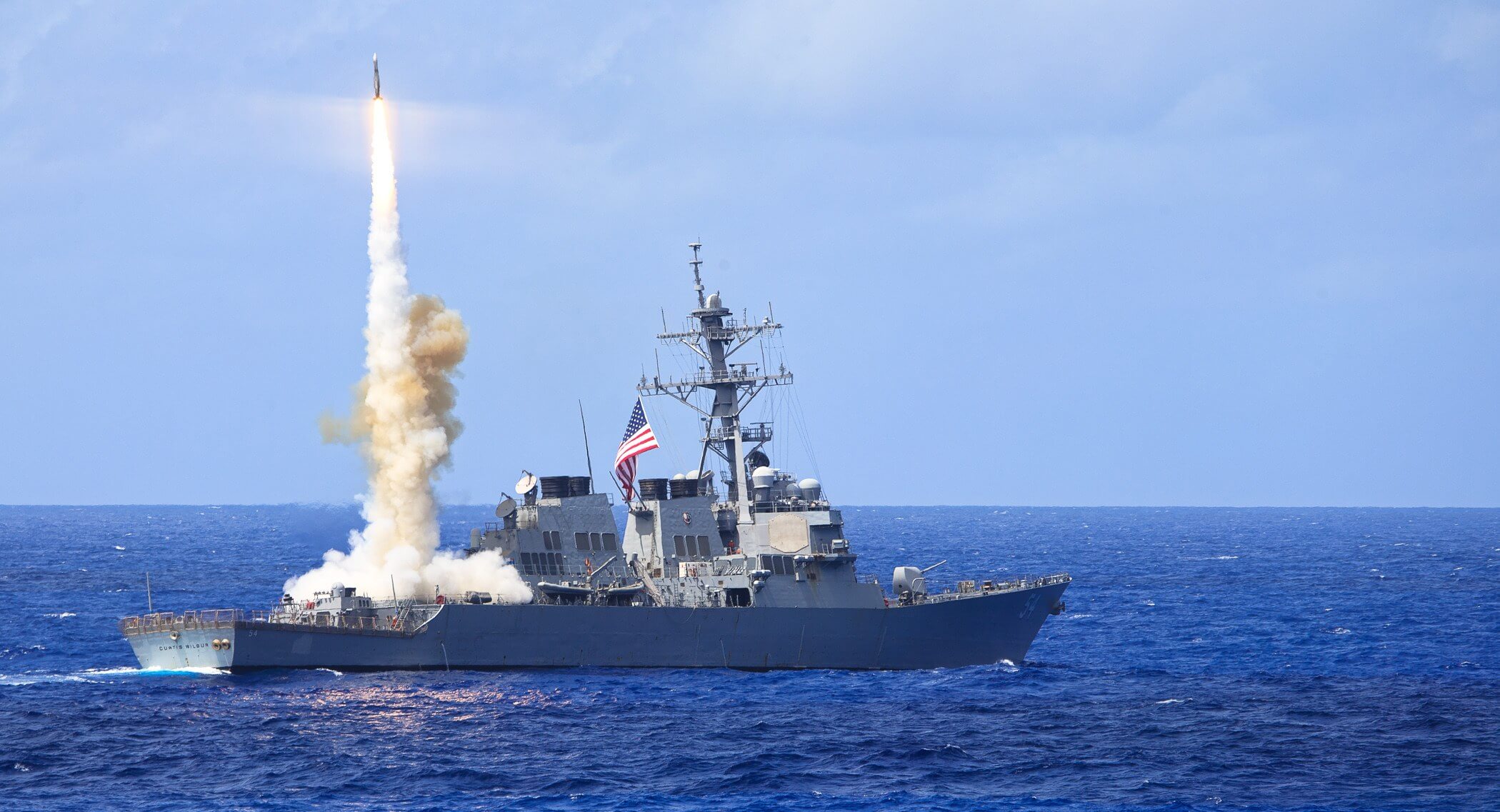What just happened? The US Missile Defense Agency (MDA) has successfully intercepted a test missile. The fake nuclear warhead tested the effectiveness of the Navy's Aegis Ballistic Missile Defense system. It is only the second time such a test has been successful. Two earlier tests failed. The event was caught on video (above).
The event took place on October 26, 2018. After the test warhead was fired, the USS John Finn launched a Standard Missile-3 (SM-3) Block IIA from the west coast of Hawaii. The rocket hit the target while it was still in space.
Live Science notes, the SM-3 is not an explosive rocket. Instead, it destroys incoming missiles through "sheer force."
"The interceptor's 'kill vehicle' (a projectile) rams into a ballistic missile with the force of a 10-ton truck traveling at 600mph," said a spokesperson from Raytheon, the SM-3's manufacturer.
While the SM-3 Block IIA was fired from a ship during this test, the system is portable and can be launched from both land and sea. It was designed to intercept short and medium-range ballistic missiles before they have a chance to reenter the atmosphere.

As previously noted, its success rate of .500 is not that impressive considering the amount of damage a single nuclear warhead could inflict. The first botched attempt in June of 2017 was due to a sailor accidentally triggering the interceptor's self-destruct. In the second failure, which happened back in January, the SM-3 simply missed its target.
Shooting down a missile is no easy feat. It quite literally is rocket science.
"The missile itself moves at blistering speeds and is relatively tiny in the vastness of space," said Live Science. "The SM-3 must move even faster, and travel at a near-perfect trajectory, to smash into its target. It's often compared to shooting a bullet with a bullet."
Despite the 50-50 record, those involved with the joint missile defense program view all tests, successful or failed, optimistically. After the failure earlier this year, Lt. Gen. Samuel Greaves, Director of the Pentagon's Missile Defense Agency (MDA) told Defense News that even failures can be used as a learning experience.
"If North Korea is learning as much as I'm learning from these failures, we all ought to be concerned," said Gen. Greaves. "We've got to figure out what happened and go fix it."
Eventually, the Pentagon would like to station SM-3's in Poland, Romania, and Japan. According to a report from the US Government Accountability Office (GAO), each installation would cost approximately $39 million. However, more testing of the system is still needed before a full deployment can be considered.